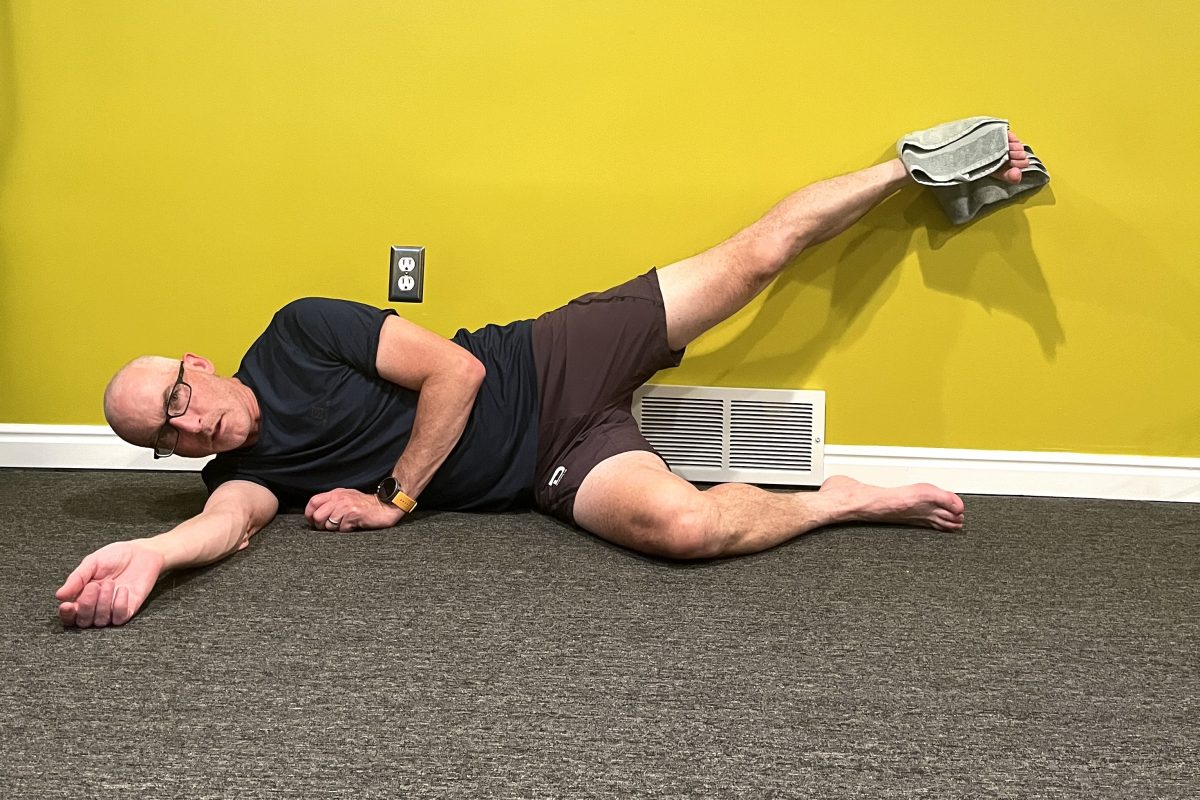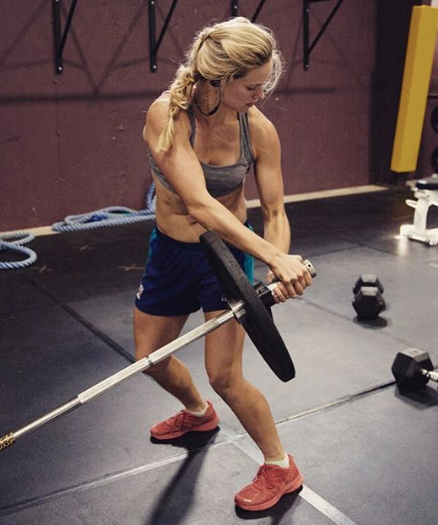Editor’s Notes: Øystein encourages his readers to submit questions. If any FasterSkier.com readers have questions, email them to <info@fasterskier.com and we will translate and submit them.
Yo yo, how’s it going folks?
It’s wonderful that the winter is nearing. I heard rumors that it snowed in Lillehammer today. Personally, I just finished a level 3 workout near Tryvann in a 3 degree (Celcius) torrential downpour. Coffee had rarely tasted as good after a workout. And with Damian Marley in the CD player, spirits have rarely been higher.
Many of you have sent me questions about strength training, so I thought I would write a little about that this time. My opinion is that strength training should be gradually introduced in the junior years. Personally I trained a bit of strength as a younger junior. For me, strength training is about the upperbody. Strength training for the legs is accomplished through the other spenst, speed, and distance workouts I do. Even if it might not look like it, I never do pure strength workouts on my legs.
I have previously written that I have a specific goal in each workout I do. This is, perhaps, even more important when you are talking about strength training. If you don’t have a specific purpose with the strength training, and don’t follow a strength training plan with a clear goal, then the effect of the strength training might actually be detrimental. Ski racers do strength training to get better at skiing. That’s the bottom line.
This is exactly why I believe that the most useful strength training for juniors should be done on rollerskis. For instance, in the distance workouts, do a forced double poling segment. If you are even tougher, do workouts where you only double pole. If you are even tougher than that, don’t kick at all until September. Guess what I do!
Double poling on skis is the most specific strength training that you can do in the spring, summer, and fall. My opinion is that people double pole too little and I have to admit that I am a little bit disgusted by people who train on “brÃ¥sterk†machines (a type of rollerboard). I’m sure that it’s good training, but I believe that you get better at double poling, by double poling…
It isn’t that difficult, when you get used to using double poling uphill, to double pole an entire workout. An example might be a strength double poling workout where you load the upper body hard and specifically. Start by warming up with double poling, and choose an appropriately long hill (about 5 minutes) and double pole up 3 or 4 times. After that, do a series single sticking up the hill. Finish with a few uphill double poling sprints. I do this type of workout a couple times each month and feel like I get a lot of benefit. If you want to make it more difficult try to do the single stick portion without bending over; that is, without bending at the waist or rocking forward using the legs. Feels good, right?
I also think it can be wise for junior racers to do some strength training in the weight room. However, for Nordic skiers, I think this should be limited to max strength training. Max strength training increases the maximum force generation without increasing the size and weight of the muscle. In practice this means exercise with 3-6 repetitions. The number of circuits can be varied.
As far as which exercises I recommend, I challenge you to think for yourself. The goal with strength training is, of course, to get better at skiing through the increased capacity for force generation. Therefore you need to decide which exercises develop the muscles, and movements, that you want to train. This is something you should probably discuss with your coach.
The effort in max strength sessions is explained by its name. The effort must be all-out! But only do this when you can do the exercise technically correctly. If you use incorrect lifting technique you will be more likely to injure yourself. My advice is to learn the exercises with light weight before trying to increase the load. This is something your coach should pay particular attention to. I would recommend 1, or at most 2, max strength session per week.
It does not help to have strong arms if you don’t also have a strong core. You won’t be able to take advantage of the power you generate if you aren’t equally strong in your back and stomach as the rest of your upper body. If your stomach and back aren’t strong enough to handle the force, your body compensates. Often times in skiing this will result in “breaking†(bending over) at the waist. This has the effect of by-passing the stomach muscles. Therefore you must focus specifically on building up these muscle groups. As younger juniors you’ve probably done numerous general strength workouts that incorporated sit-up and other core exercise. This is great, but older juniors need to take another step in their training. Training using a medicine ball is an example.
In my own workouts, I use the medicine ball every time I train strength and I have noticed a dramatic improvement in my skiing! Set up a program with your coach where you do 3 circuits of 4-5 exercises. With these exercises it is most important to train effectively, not simply lift the heaviest weight. Start by using a very light medicine ball and doing the exercises correctly. Many medicine ball exercises can be found on the internet.
Folks, I hope my recommendations aren’t too difficult. I tried to be as clear as possible, but it wasn’t easy! If you are curious about something, send me a question. I’ll try to come up with an answer. I promise!
Øystein Pettersen’s Strength Workout on Rollerskis
| Activity | Method | Duration |
| Warm-Up | Regular warm up, about 20 min easy double pole in easy terrain. | 20 minutes |
| Strength Double Pole | Find a fairly steep hill that takes about 5 minutes to double pole up. Double pole up this hill 3 times. Use the time it takes to go back down as the rest. You don’t need to double pole very quickly, but try to keep an even speed throughout the work period. | 30-35 minutes |
| Single Sticking | Find a gradual uphill and do 8 repetitions of 20 seconds of single stick. Try to use only the arms, but allow them to swing naturally like in classic skiing. Again, use the ski down as the rest period. | 15 minutes |
| Max Poling | Find a steep uphill and double pole up it as fast as possible 5 times. Each repeat should be about 10 seconds long. This is a max effort and feel free to take up to a 3 minute break in between each of them. | 15 minutes |
| Warm Down | Another 20 minutes easy double poling. If you’re sore it’s OK to kick a little bit. If you’re extra diligent go for a ten minute jog at the end. | about 20 minutes |
Source: Langrenn.com




